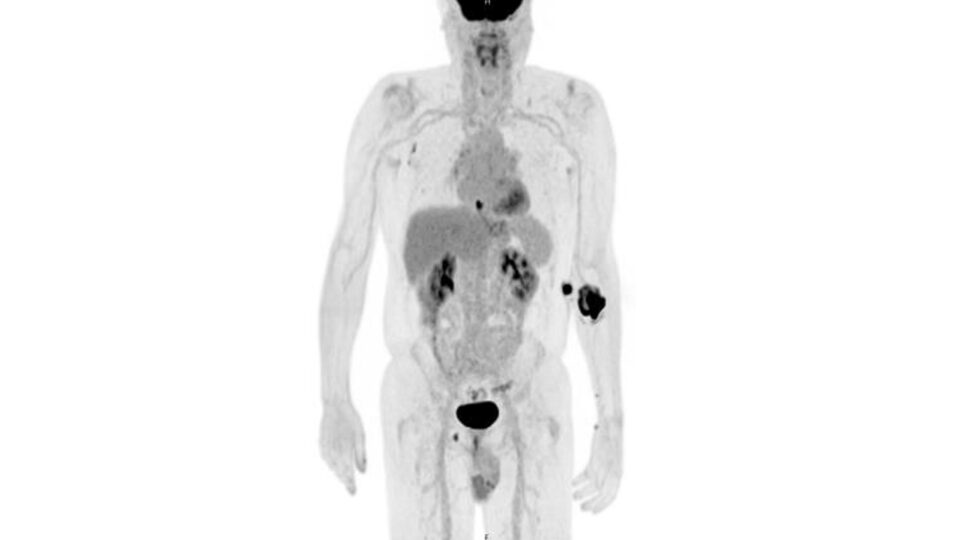Dual combination therapies are the standard of care for low- and intermediate-risk pulmonary arterial hypertension (PAH). However, the long-term impact of add-on sequential triple combination therapy for patients with intermediate- or high-risk disease has remained largely unknown.
In a retrospective analysis of 55 patients with PAH on dual combination therapy but not at therapeutic goal, a team of researchers from NYU Langone Health found that the sequential addition of a third therapeutic agent to the regimen yielded significant improvements in function, risk status, and survival. The study was recently reported in Therapeutic Advances in Respiratory Disease.
“We confirmed a lasting clinical and survival benefit with add-on sequential therapy in a racially diverse population.”
Roxana Sulica, MD
“We confirmed a lasting clinical and survival benefit with add-on sequential therapy in a racially diverse population,” says lead author Roxana Sulica, MD, an associate professor of medicine and director of the Pulmonary Hypertension Program.
Assessing Need for Escalating Therapy
According to Dr. Sulica, current guidelines recommend adding a third drug sequentially in patients with intermediate-low risk PAH at follow-up. For intermediate-high or high-risk disease, parenteral prostacyclin or referrals for a transplant are recommended options.
“Some studies have included patients on dual combination therapy who received a sequential third investigational drug,” Dr. Sulica says. However, until now, no existing study had explored the long-term effects of sequential triple combination therapy in intermediate- or high-risk disease at follow-up, she explains.
Moreover, Dr. Sulica emphasizes the need to identify independent predictors of risk reduction with triple-therapy regimens. “While most trials have not included risk reduction as an end point, it could be a useful target to shift the paradigm to a goal-oriented approach,” Dr. Sulica says.
Risk Reduction with Triple Therapy
For the study, the researchers followed patients with PAH seen at the Pulmonary Hypertension Center from January 2017 to July 2021. Participants were maintained on a stable dual-therapy combination regimen, then followed up after starting a third add-on drug sequentially.
Of the 102 patients who started on the triple regimen, 55 were included in the final analysis. About a third of them were classified as high risk.
After 68 weeks of follow-up, the researchers saw a significant improvement in functional, hemodynamic, and echocardiographic parameters. In addition, those patients who achieved or maintained low-risk status had significantly improved survival.
The analysis found that being female was strongly associated with successful risk reduction. In contrast, Hispanic ethnicity, right atrial pressure, and pericardial effusion were associated with lower odds of risk reduction.
“Our findings are hypothesis-generating,” Dr. Sulica explains. “Overall, these data support considering risk reduction as an end point in future trials.”
Impact of Diversity on Outcomes
Dr. Sulica acknowledges that more research is needed to assess the true impact of race and ethnicity on patient outcomes. “In our cohort, Hispanic patients had lower odds of risk reduction,” she says. “These results need to be confirmed in larger studies.”
If the research bears out, she adds, further studies could help identify the optimal triple combination regimen for PAH based on its various etiologies.
Disclosures
Dr. Sulica serves as advisor for Bayer, Janssen, Liquidia, Merck, and United Therapeutics. She serves as a researcher for Bayer, Bellerophon Therapeutics, Merck, and United Therapeutics.






